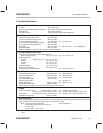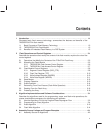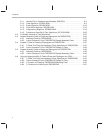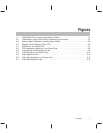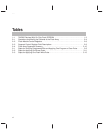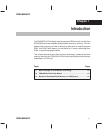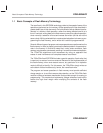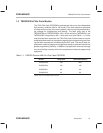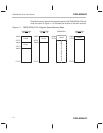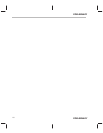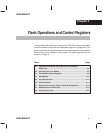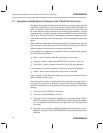
Basic Concepts of Flash Memory Technology
PRELIMINARY
1-2
PRELIMINARY
1.1 Basic Concepts of Flash Memory Technology
The term flash in this EEPROM technology refers to the speed of some of the
operations performed on the memory (these operations will be described in
greater detail later in this document). An entire block of bits is affected simulta-
neously in a
block
or
flash operation
, rather than being affected one bit at a
time. In contrast, writing data to the flash memory cannot be a block operation,
since normally a selection of ones and zeroes are written (all bits are not the
same value). Writing selected bits to create a desired pattern is known as pro-
gramming the flash memory, and a written bit is called a programmed bit.
Several different types of program and erase operations are performed on the
flash memory in order to properly produce the desired pattern of ones and ze-
roes in the memory. It should be noted that, under some conditions, flash
memory may become overerased, resulting in a condition known as depletion.
The ’F20x/F24x algorithms avoid overerasure by using an approach that
erases in small increments until complete erasure is achieved.
The ’F20x/F24x flash EEPROM includes a special operation, flash-write, that
is used only to recover from over-erasure. Because of the implementation of
the flash memory, when over-erasure occurs, any particular bit in depletion
mode is difficult to identify. For this reason, the ’F20x/F24x simply writes an
entire block of bits simultaneously; hence, the name flash-write.
The program and erase operations in flash memory must provide sufficient
charge margin on 1s and 0s to ensure data retention, so the ’F20x/F24x flash
module includes a hardware mechanism that provides margin for erasing or
programming. This mechanism implements voltage reference levels which
ensure this logic level margin when modifying the contents of the flash
memory.




